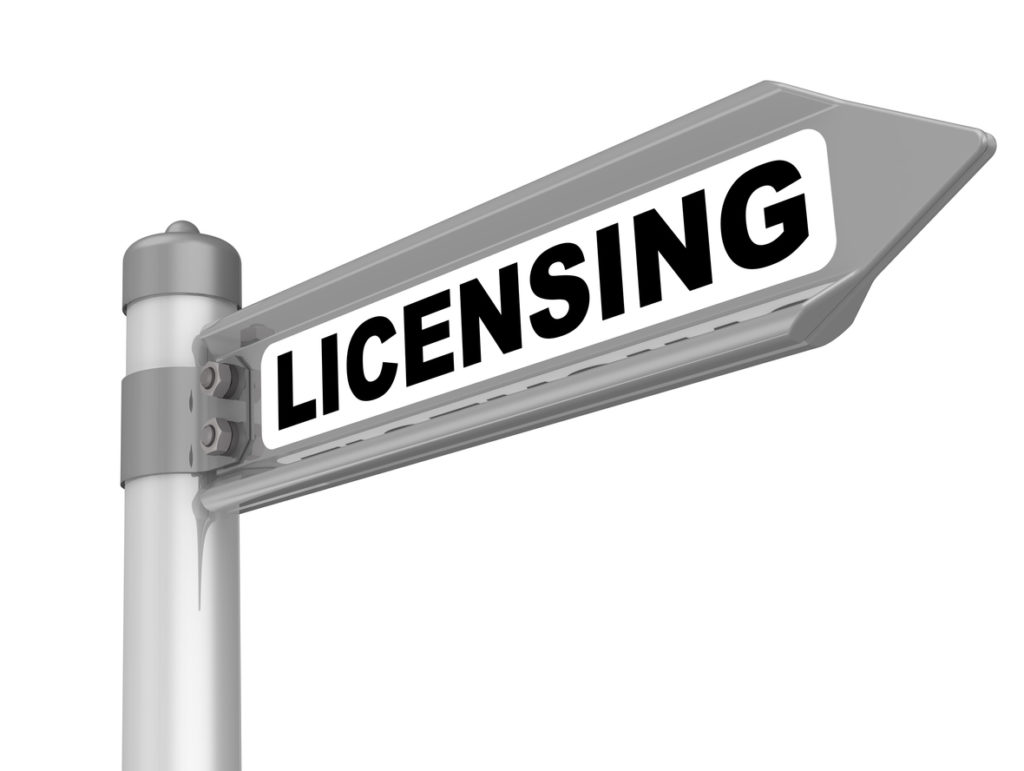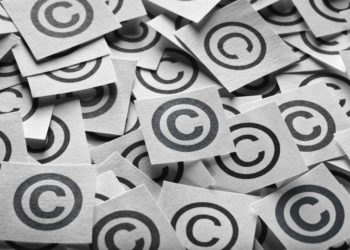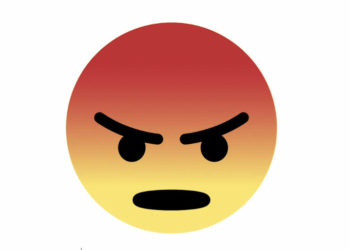Editor’s Note: Today’s post is by Roy Kaufman. Roy is the Managing Director of both Business Development and Government Relations for Copyright Clearance Center and has written and lectured extensively on the subjects of copyright, licensing, open access, text/data mining, new media, artists’ rights, and art law.
In late March 2019, after three years of deliberation, the European Union enacted a Directive to modernize the EU’s copyright policy for the digital age. While many of the wide-ranging changes to matters such as archival protections have gone unnoticed by the public (and have been supported by rightsholder communities), two major issues have garnered most of the attention. These are a so-called ancillary right for news publishers and a shifting of the enforcement burden for infringing content from the victims to the platforms. While neither of these provisions is absolute, they do represent clear expressions of policy concern in the EU.

In the words of the European Parliament:
Currently, internet companies have little incentive to sign fair licensing agreements with right holders, because they are not considered liable for the content that their users upload. They are only obliged to remove infringing content when a right holder asks them to do so. However, this is cumbersome for right holders and does not guarantee them a fair revenue. Making internet companies liable will enhance right holders’ chances (notably musicians, performers and script authors, as well as news publishers and journalists) to secure fair licensing agreements, thereby obtaining fairer remuneration for the use of their works exploited digitally.
If nothing else happens, the EU Member States have two years to implement the Directive, followed by many more years of litigation to determine the contours of its sometimes vague language. But there is a way to avoid this anticipated outcome that would simultaneously benefit platforms and other users as well as authors, other creators and other rightsholders. Conveniently, it is one anticipated by the EU. It is called licensing and offers benefits to everyone. Yes, licensing is hardly new, but entrenched lobbying positions have prevented users and rightsholders from fully exploring the possible. So here is my Ten Step Plan to get started.
Step 1 – Admit there is a problem. All good multiple step programs start here. There is no need to agree on what the problem is – just that there is one that needs to be solved.
Step 2 – Forget about blame. Perhaps you believe movie theaters should bear the blame for digital piracy because they charge too much for popcorn. Perhaps you think that the platforms are run by semi-intelligent life forms from another galaxy. Who cares? Move on.
Step 3 – Tell me what you want, what you really, really want. Licenses built around narrow contours of copyright, especially around statutory exceptions and limitations, are doomed to fail. But, if a platform can acknowledge that it needs rights to do something, maybe something that requires even more rights than the law allows and maybe something that will make users happy, then rightsholders will listen. No means no, and rightsholders have the right to say no, but most rightsholders are looking for ways to say yes, albeit with their participation.
Step 4 – Lobbyists gonna lobby. No one will enter into a license that undercuts positions that they have been publicly advocating for years. A license that goes beyond narrow limits of the Directive does not require this. Recognize the legitimacy of alternative views, even if you disagree.
Step 5 – Lawyer gonna litigate. Again, a properly drafted license need not require anyone to give up future legal positions. Agree to disagree when needed.
Step 6 – Haters gonna hate. We all know who they are and, really, they just don’t matter. Looking for the best shorthand way to tell a hater from someone who just strongly disagrees? See if they attack the messenger or the message. Haters do the former. Haters are energy vampires.
Step 7 – Go big. Seriously. The Directive might be what brought you to the table, but don’t let it anchor your discussions. Think about what best supports your users and stakeholders.
Step 8 – Know your licenses. Licenses can be individual between parties, aggregated but still transactional, voluntary collective, extended collective (see, e.g., Article 12 of the Directive), or any of many variations in between. Each has strengths and weaknesses, although (with all bias noted; to a hammer everything looks like a nail) some form of collective licensing is the best option at scale.
Step 9 – Collaborate, iterate, fail, rinse, repeat. No one solution will solve every challenge. Music, science journals, art, newspapers, films, books, design, etc. all have different business models.
Step 10 – Don’t let better kill good enough. It is an unfortunate fact that, in politics and advocacy, people trend to the extremes. Business options do not work that way. Let the market solve the problems.
By taking the steps above, we can all build a better internet that serves users, platforms, news, democracy, and creators in fundamentally more sustainable ways.



